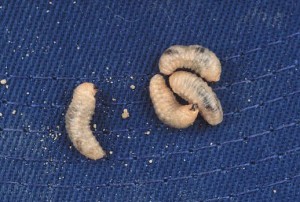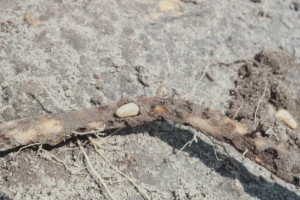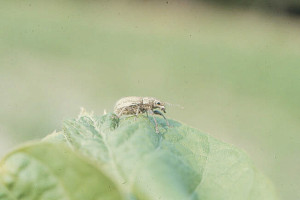Soil Pests – White Fringed Beetles
go.ncsu.edu/readext?66296
en Español / em Português
El inglés es el idioma de control de esta página. En la medida en que haya algún conflicto entre la traducción al inglés y la traducción, el inglés prevalece.
Al hacer clic en el enlace de traducción se activa un servicio de traducción gratuito para convertir la página al español. Al igual que con cualquier traducción por Internet, la conversión no es sensible al contexto y puede que no traduzca el texto en su significado original. NC State Extension no garantiza la exactitud del texto traducido. Por favor, tenga en cuenta que algunas aplicaciones y/o servicios pueden no funcionar como se espera cuando se traducen.
Português
Inglês é o idioma de controle desta página. Na medida que haja algum conflito entre o texto original em Inglês e a tradução, o Inglês prevalece.
Ao clicar no link de tradução, um serviço gratuito de tradução será ativado para converter a página para o Português. Como em qualquer tradução pela internet, a conversão não é sensivel ao contexto e pode não ocorrer a tradução para o significado orginal. O serviço de Extensão da Carolina do Norte (NC State Extension) não garante a exatidão do texto traduzido. Por favor, observe que algumas funções ou serviços podem não funcionar como esperado após a tradução.
English
English is the controlling language of this page. To the extent there is any conflict between the English text and the translation, English controls.
Clicking on the translation link activates a free translation service to convert the page to Spanish. As with any Internet translation, the conversion is not context-sensitive and may not translate the text to its original meaning. NC State Extension does not guarantee the accuracy of the translated text. Please note that some applications and/or services may not function as expected when translated.
Collapse ▲Biology
White fringed beetle (Naupactus leucolom) larvae (grubs) are white or cream colored, C-shaped, and feed on plant roots, including those of tobacco. The grubs have no legs but have a distinct head capsule. The adults are flightless and parthenogenic, meaning that only females are present.

White-fringed beetle larvae. Photo: S. Southern
White fringed beetles are an invasive species in North America and were first detected in Florida in 1939. They were first found in North Carolina in 1942, but are not widespread. Limited adult white fringed beetle movement and soil dwelling larval habits have slowed their spread throughout North Carolina. However, in fields where they are present, their damage is similar to that of wireworms, but much more extensive and intense. Sweet potato, white potato, peanuts, soybeans, and cotton are all susceptible to white fringed beetle damage.

Larvae burrow into roots similarly to wireworms. Photo: S. Southern
White fringed beetles overwinter as larvae and feed on roots. Adults emerge in July, and there is 1 annual generation in North Carolina. Adults will feed on leaf tissue, but this feeding is usually minor.

Whitefringed beetle adult. Photo: S. Southern
Thresholds and Management
There are no established thresholds for white fringed beetles in any of the crops they feed on.
Insecticides do not appear to be effective against white fringed beetle larvae, and they can persist in the same field for several seasons. Small grains and corn are less susceptible to white fringed beetle damage and may be suitable rotations. Fields with large white fringed beetle populations are likely not suitable for tobacco production.


